

































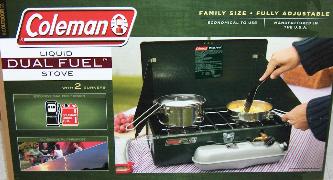 |
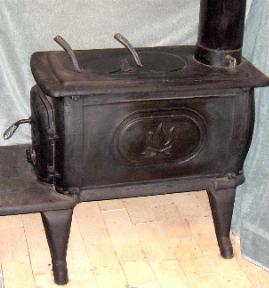 |
| Dual Fuel Cook Stove | Wood Burning Cast Iron Cook Stove |
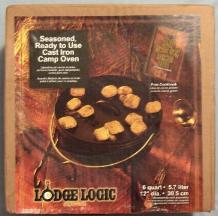 |
 |
| Picture of 6-Qt. Dutch Oven Box | 6-Qt. Dutch Oven with Lid |
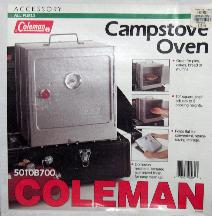 |
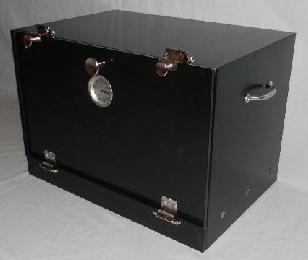 |
 |
| Small Folding Camp Oven | Large Camp Oven Closed | Large Camp Oven Open |
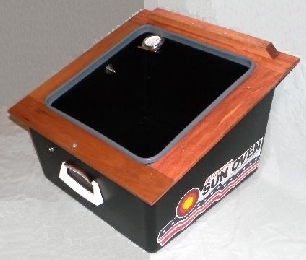 |
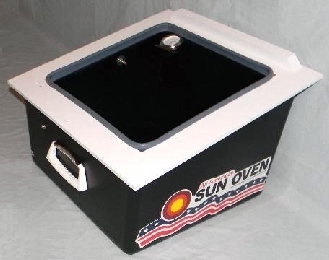 |
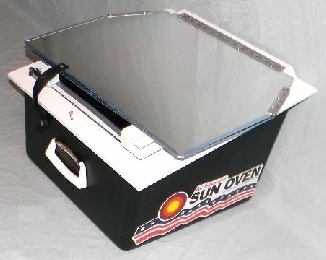 |
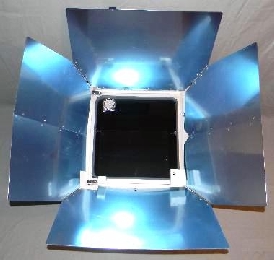 |
| Original Sun Oven Disassembled Showing Top Wood Frame |
Oven with Wood Frame Painted White | Oven Reassembled with Glass and Reflectors | Top View of Oven with Reflectors Fully Extended |

